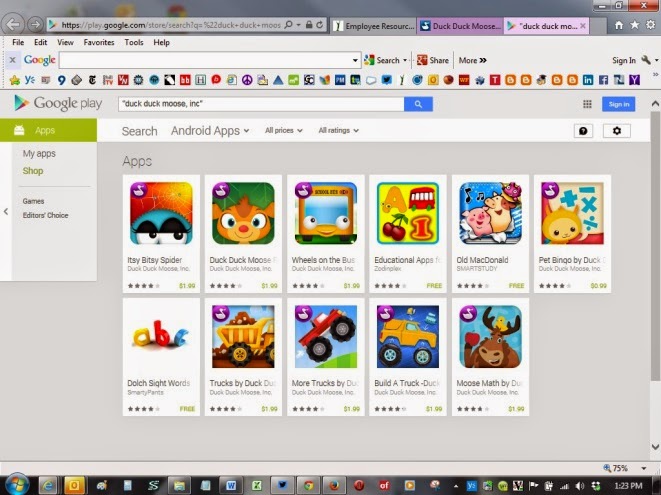Almost 470 people attended (a new record for attendance), and between sponsorships, ticket sales, a silent auction, a live auction, and a special appeal, more than $285,000 was raised to support Imagine!’s mission!
If you weren’t able to attend, or want to learn more, please enjoy the videos and photos in this post.
The video below debuted at the Celebration. It tells the powerful and moving story of Emily Micklin, and why her family, including Patti Micklin, Executive Director of the Imagine! Foundation, is grateful for the support they receive from Imagine!. Get your tissues out!
Can’t see the video? Click here.
Below are a few videos from the event itself.
First up, Walt Pounds, the President of the Board of Directors of the Imagine! Foundation, gave his opening remarks and introduced many of the special guests who attended the Celebration.
Can’t see the video? Click here.
Next, George Karakehian, Boulder City Council Member, unofficial “Mayor of Pearl Street," and great friend of Imagine!, was honored for his service by Sandy Bracken, Ron Secrist, and Walt.
Can’t see the video? Click here.
Finally, Walt took some time to honor businesses that provide employment opportunities for individuals with intellectual and developmental disabilities through Imagine!’s CORE/Labor Source program.
Can’t see the video? Click here.
Below are just a few photos from the spectacular event.
Imagine! Foundation Executive Director Patti Micklin and Imagine! Celebration Chair Katie Hawkins.
Leona and Bernie Stoecker.
Andy and Connie Minden with Imagine! Foundation Grant Writer Christina Craigo.
Bella Cotton and Zoe Polk, who created the fabulous table decorations.
Longmont Mayor Dennis Coombs.
Rick and Jackie Nelson.
Gail and Tim Boonstra.
The silent auction brought in more than $26,000!
Lisa Larsen and Bella Auger-Larsen. Bella receives services from Imagine! and serves on the Imagine! Board of Directors.
Imagine! Chief Operations Officer Greg Wellems, David and Laura Braddock, and me.
Geoff Cooper, Josie and Rollie Heath.
Attendees were able to bid on silent auction items using their smartphones.
Volunteers traveled around the room assisting with silent auction bidding.
Almost 470 people attended the event, a new record for the Imagine! Celebration.
George Karakehian was honored for his service to Imagine! by Sandy Bracken, Ron Secrist, and Walt Pounds.
George Karakehian shows off the lovely thank you gift he received from the Imagine! Foundation.
The live auction brought it more than $50,000!
The Micklin Family (Jacob, David, Patti, and Emily) shared their story through a powerful and moving video, which demonstrated how important Imagine! is to its community.
Finally, thank you to all of the sponsors of the event.
Click on the image for a larger view.
































